There are about a million places on the internet that tell you how you should design your logo, and based on what the company is selling, every article is going to vary slightly. In a nutshell, they are all going to tell you the same thing: you want a logo that is unique, simple and memorable. We even have our own tips for
creating a great logo (which you should absolutely read!)
But telling you how to design an amazing logo is not what this article is about. This article is all about what you need to do to avoid logo disaster. This is how not to design your logo and reading this article could mean the difference between logo triumph and logo failure. So read on to find out the 8 things you absolutely shouldn’t do when designing your logo:
Use stock art, clip art or photographs
There are a few rules of logo design that everyone generally agrees upon and one of those rules is that your logo, above all else, must be unique. It may be tempting to grab some free stock art or clip art from one of the thousands of websites that provide them, but grabbing a free image off the internet is one surefire way to make sure that your logo fails.
The reason that clipart logos fail almost every time is that in general, these images are neither unique, nor are they memorable. If your logo is going to represent your unique business, it needs to do the job of helping to set your business apart from your competition. A free graphic from a random website is not going to help you accomplish that, no matter how cool you think it looks.
That’s not to say that free logo and clipart sites don’t have value. What you do want to take from logo websites and clip art websites is inspiration. Take a look at what is out there and let it help inspire you to create something that has the feel of the images you love, but is 100% unique and 100% your own.
Copy Someone Else’s Logo
Oof – this rule is a big one. You may think that imitation is the sincerest form of flattery, but to a logo designer who has put their blood, sweat and tears into a logo design, imitation is really just theft. Yes, there are some beautiful logos out there and yes, today’s technology makes it incredibly easy to copy or lift someone else’s work, but it is absolutely not worth it in the end. Do yourself a favor and commit to never copying another designer’s work.
Use a complicated visual metaphor
When trying to up the ante with your logo design, it can be tempting to try and do something overly clever or meaningful. When done right, these visual metaphors are a fun and interesting way to help consumers engage with your brand. For instance, Amazon’s A to Z smile, representing that they carry everything “from A to Z” or the arrow hidden in the white space in FedEx’s logo are both great examples of visual metaphors that really work.
Unfortunately a simple visual metaphor is rarely easy to execute and most of the time the metaphor will be lost on your customer. A surprising example is Toyota’s logo. You may look at those ovals and think, “hey, that’s kind of a clever way to show the letter T.” However, there is actually a lot more meaning behind that logo design than you would ever guess. Here’s what Toyota says about their logo:
“The current Toyota Mark consists of three ovals: the two perpendicular center ovals represent a relationship of mutual trust between the customer and Toyota. These ovals combine to symbolize the letter “T” for Toyota. The space in the background implies a global expansion of Toyota’s technology and unlimited potential for the future.”
While the logo itself is solid and conveys the brand well, I would be shocked if many consumers knew the actual meaning behind Toyota’s highly visible logo. The point is, visual metaphors can work for your logo, but it’s best not to make the metaphor the entire logo.
Go With the Tried and True Cliché
It might be that the saddest thing in the world is a cliché that thinks it’s not a cliché. The same goes for logos – the most lackluster logos are the ones that use the same worn out image as every other business in their industry. It’s the tooth on the dentist logo or the scales of justice on the lawyer’s logo or the grains of wheat on your local bakery’s logo. No matter what the industry is, there is sure to be at least one logo image that is so overdone that it’s the first thing you think of.
Creating a logo without employing some sort of cliché can actually be a challenge. You want your logo to be clear about the services or product that your company provides, so it’s natural to want to showcase that in a very clear way. It just so happens that usually the clearest visual is usually the biggest cliché. To avoid walking down the “it’s been done to death” path, try thinking of new ways you can present that old cliché. Sometimes a fresh coat of paint is all a logo needs to give it new life.
Design By Committee
Because designing a logo is neither simple or straightforward, it can be tempting to get as many brains in the room to help with the design process. One word of advice here, “Don’t.” Assembling a committee of individuals with strong opinions about what a logo should look like may seem like a great idea, but in general, one of three things will happen:
- It’ll turn into a democracy where each feature of the logo is voted on.
- When democracy rules, the process feels very fair, which is great for your committee members. However, the resulting logo is usually a mess of ideas from each contributing individual and is too weak to stand on it’s own.
- The loudest voice in the room will win.
- It’s safe to say that with any committee, there will be at least one individual who is just a little bit more dominant than the rest. It’s often the case that the loudest individual doesn’t always have the best ideas either. Unfortunately when you decide to design your logo by committee, you run the risk of the loudest member of the team running away with the project.
- Compromise will be the name of the game
- If your committee is composed of nice individuals whose goal is to play nicely together, you may end up with a compromised logo. This type of committee will give a little here and take a little there until the logo is a mess of some elements that everyone liked. The problem is that when there is no cohesive theme, the logo ends up being confusing and messy.
So in a nutshell, don’t leave your logo design up to a committee. It’s fine to get multiple opinions or to let employees and family vote on the final design, but the logo design process really needs a strong hand guiding it from the start to be successful.
Use a free logo designer
If you have a limited budget for designing your logo, it can be tempting to use one of the plethora of free logo design websites available these days. While it’s true that these websites make it incredibly easy to design a logo, it’s also true that they offer the same stock images, fonts and colors to every other person who uses their service. In other words – you get what you pay for and in this case that is a stock logo that is probably being used by a dozen other businesses.
There is nothing wrong with taking these free logo websites out for a spin. It’ll be worth it just to give you a little inspiration on what your logo could look like. However, when it comes time to commit to a logo for your business, you’re going to want to make sure that design is 100% unique.
Ignore General Kerning Rules
If you’re not well-versed in the world of fonts, you probably aren’t familiar with the term “kerning”. Kerning is the amount of space between letters and it is vitally important if you want to have a logo that is legible. When done right, you won’t even notice kerning in a logo. All you’ll notice is that there is a beautiful, legible logo right in front of you.
On the flip side, you definitely know when a company did not use proper kerning in their logo. If the letters are too close together, the company name will probably be illegible. If the spacing is too small between words, the logo will be confusing and could even cause words to appear in your logo that weren’t there before. If you want your logo to have the right impact, pay attention to the kerning and you’ll already be a step ahead of your competition.
Throw in a random shape or color
So your boss comes to you and says that he absolutely loves the Nike swoosh and wants to incorporate it in your new logo design, which also features a bulldog. While there are obviously plagiarism issues with using the Nike swoosh in any way, it helps illustrate an important point – don’t add swooshes, shapes or colors to your logo at random. Even if you love the way a shape looks, you can’t include everything in your logo and you shouldn’t try to fit shapes in where they don’t belong. For best results, keep your logo simple and try to avoid throwing in the kitchen sink (even if your boss is the one who wants to do it).
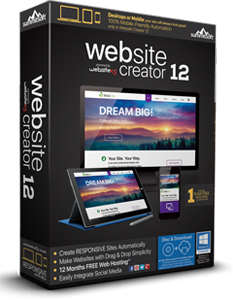
 Step 1. Purchase and install one of the
Step 1. Purchase and install one of the 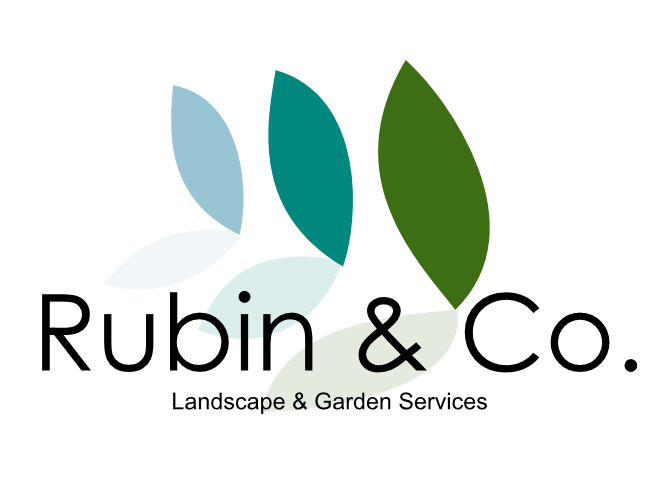
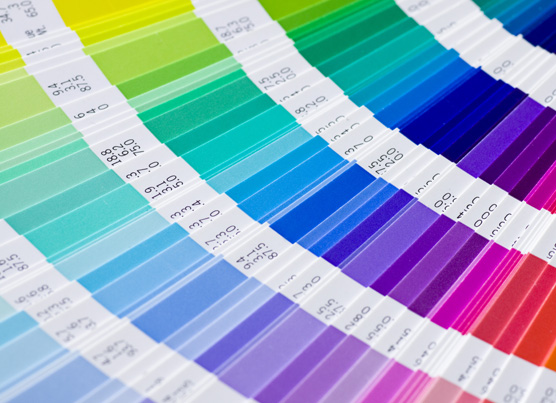

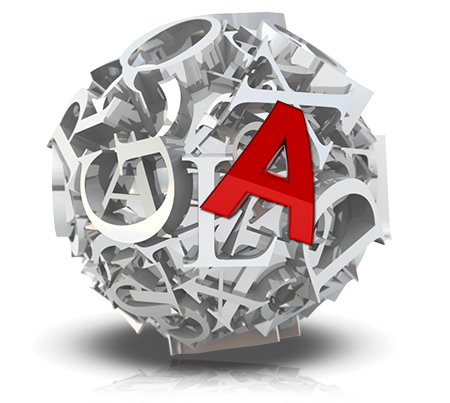
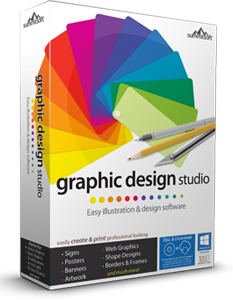
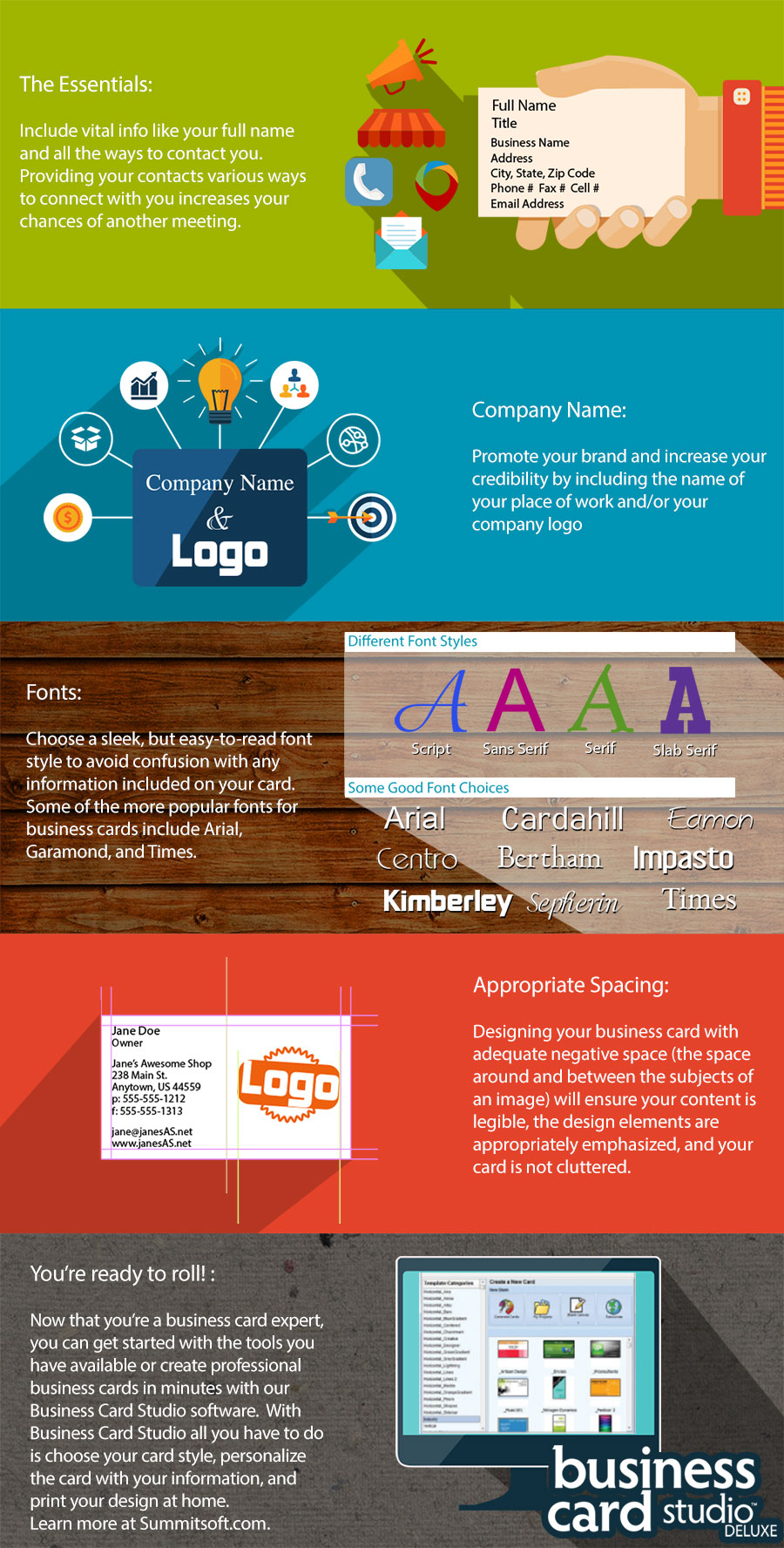 Learn more about our Business Card Studio by visiting the product page here or subscribe to our mailing list to receive updates on all our productivity software and exclusive offers!
Learn more about our Business Card Studio by visiting the product page here or subscribe to our mailing list to receive updates on all our productivity software and exclusive offers! 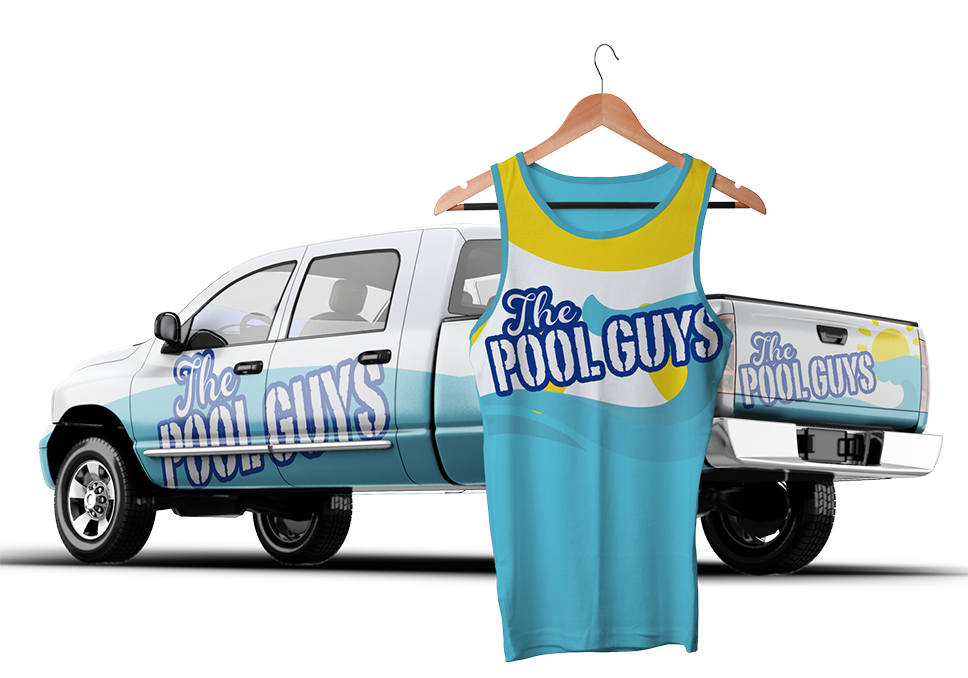
 What is the name of your company or product?
The vast majority of logos highlight the company name or product and for most small businesses, we would certainly recommend using your company name. There are cases (like the Boston Red Sox), that a company may choose not to incorporate the name, but for most small businesses, this is a no-brainer.
What is the name of your company or product?
The vast majority of logos highlight the company name or product and for most small businesses, we would certainly recommend using your company name. There are cases (like the Boston Red Sox), that a company may choose not to incorporate the name, but for most small businesses, this is a no-brainer.
 )
)